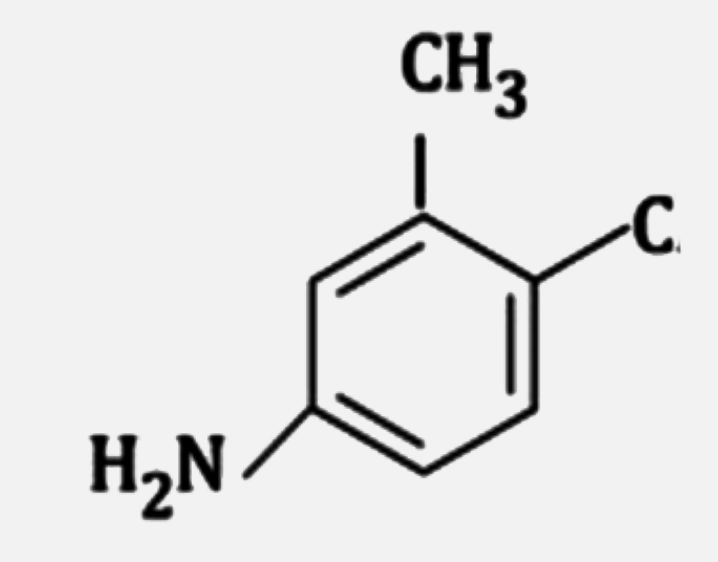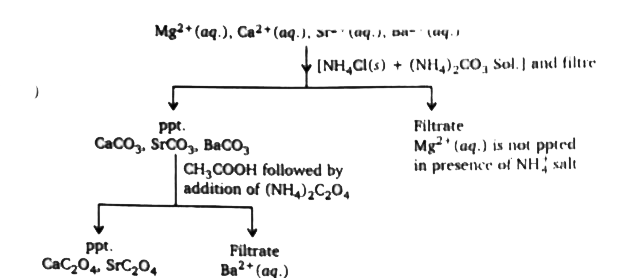Consider the following sequence of reaction:
M2+(aq.)NH4Cl(s)+(NH4)2CO3sol.−−−−−−−−−−−−−−−−−−→Q⏐⏐
⏐
⏐↓CH3COOH−−−−−−−−−−−−−−−−−−−−−−−→Followed by addition of (NH4)2C2O4R⏐⏐
⏐
⏐↓
Which of the following cation can form ppt. Q but does not form ppt. 'R' ?
A
Mg2+(aq.)
B
Ca2+(aq.)
C
Sr2+(aq.)
D
Ba2+(aq.)
Video Solution
Text Solution
The correct Answer is:D
|
Updated on:21/07/2023
Topper's Solved these Questions
- BOOK - VK JAISWAL ENGLISHCHAPTER - TYPES OF REACTIONSEXERCISE - LEVEL 344videos
TYPES OF REACTIONS
- BOOK - VK JAISWAL ENGLISHCHAPTER - TYPES OF REACTIONSEXERCISE - ONE OR MORE ANSWERS IS/ARE CORRECT40videos
TYPES OF REACTIONS
- BOOK - VK JAISWAL ENGLISHCHAPTER - TYPES OF REACTIONSEXERCISE - SUBJECTIVE PROBLEMS42videos
TYPES OF REACTIONS
- BOOK - VK JAISWAL ENGLISHCHAPTER - s-BLOCK ELEMENTSEXERCISE - SUBJECTIVE PROBLEMS2videos
s-BLOCK ELEMENTS
Similar Questions
Knowledge Check
- Question 1 - Select One
Consider the following sequence of reactions
CH3−O∣∣C−CH3Ba(OH)2−−−−−→AΔ−−→B↓NaBH4
The final product (C) is:A(CH3)2C(OH)CH2COCH3B(CH3)2C=CHCOCH3C(CH3)2CHCH2CHOHCH3D(CH3)2C=CHCHOHCH3 - Question 2 - Select One
Identify A in the following sequence of reactions
ANH3−−→1 molBCHCI3−−−−→Alc.KOHCReduction−−−−−→(CH3)2CHNHCH3AEthyl halideBIso-propylamineCn-propyl halideDIso- propyl halide
Which of the following pairs of cations ca be separated by adding NH4Cl,NH4OH and then (NH4)2CO3 to the mixture?
View SolutionComplete the following reaction: (NH4)2CO3Δ−−→
View SolutionNiCl2+2dmgNH4OH−−−−→Ni(dmg)2⏐⏐ ⏐↓
View SolutionNiCl2+2dmgNH4OH−−−−→Ni(dmg)2⏐⏐ ⏐↓
View SolutionWhich of the following species is not expected to be a ligand
⊕NO
NH⊕4
(c ) NH2−NH⊕3
(CO) .View SolutionIdentify 'M' in the following sequence of reactions
C8H6Cl2O(M)NH3−−→C8H8ClNOBr2−−−→NaOH View Solution
View Solution


